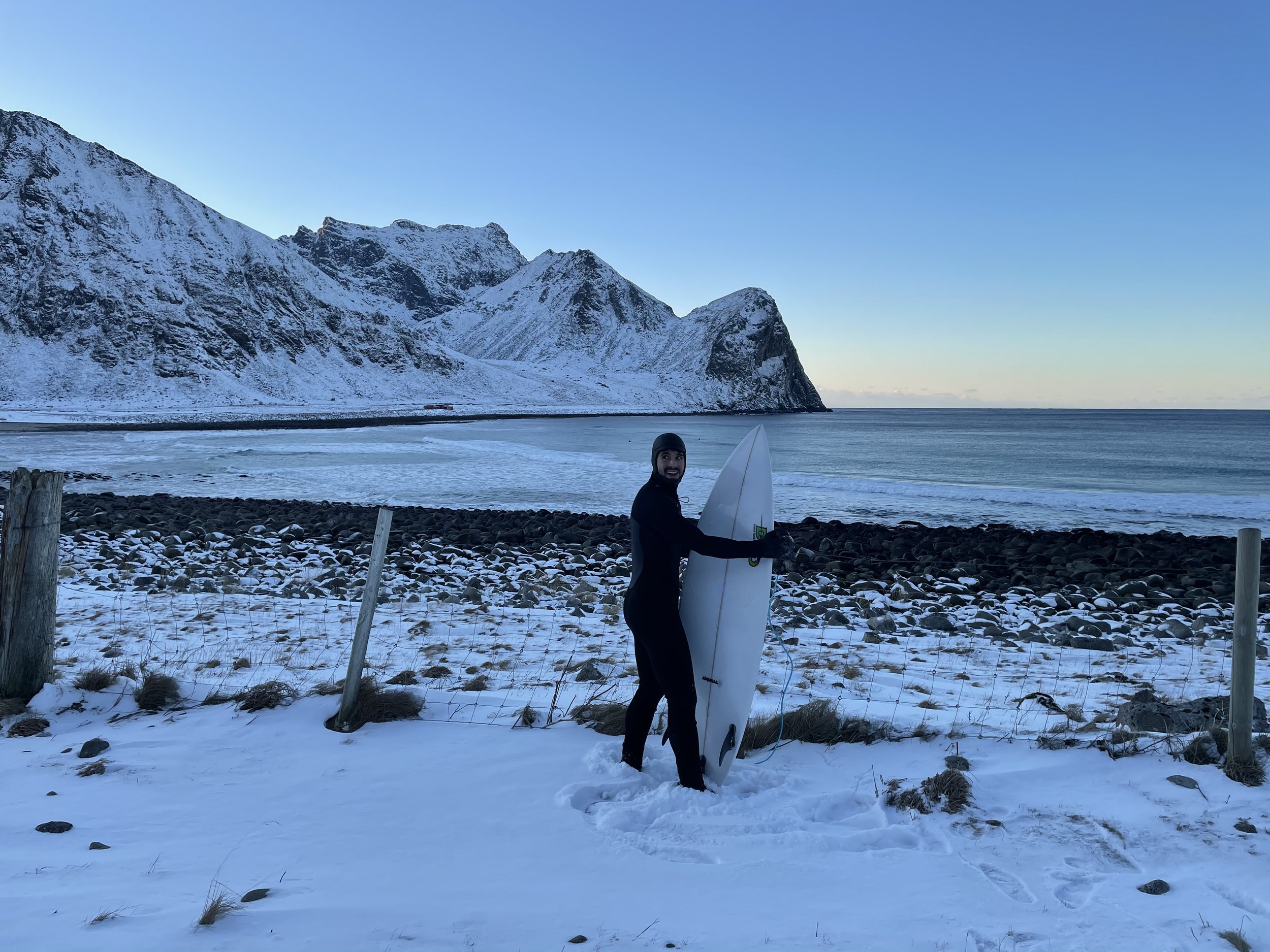Making waves in Proptech
What do AI-generated KPIs for buildings have to do with surfing? Our Business Content Creator Omer shares his views on how he changed his vision and joined Again X as a step on his path to contributing towards a sustainable future. Read the first in our series of employee blog posts here (2 min read):
Admittedly, I have not always believed that the world could become
sustainable and materialistically harmonious with nature. It is the opinion of
some that the human propensity to consume without consequence and
without accountability is unavoidable. I was one of those people. My belief in
people’s desire for ‘green’ change was small, and I only ever believed that it
could happen at scale. In some ways, that is still my belief.
My personal journey with sustainability began with my sister, who has always
pushed me to use metal straws over plastic ones, quoting the salvation of
baby turtles as the cause. I consistently failed to see the impact that my one
straw could have on the baby turtle, let alone an entire marine ecosystem.
“Not enough people are using metal straws, so my impact isn’t meaningful” I
would say. I believed that the collective ideology couldn’t change. But what if
it didn’t need to? What if the sustainable choice became the most obvious
one?
This shift in thought is what got me into thinking about circular economy. It
became my belief that if we could effectively create new materials from
nature and manage existing materials as to create sustainable alternatives
which were as functional, as cost-effective, and as natural to use as the less
‘green’ alternatives, the shift in the market would occur on a big enough
scale and without much resistance. After all, it would be far easier to shift
consumers away from environmentally toxic, unrecyclable materials if the
‘green’ options are on-par with them or better.
This is especially true in my life passion, surfing. For most of the history of
the industry, surfboards have been made from a polyurethane foam, which is
both non-recyclable and bio toxic. However, as the global surf community is
collectively environmentally conscious group, in the past 20 years or so
greener alternatives have been heavily pursued. The outcome is more
modern surfboards, such as Firewires, which are made up of a much less
toxic polystyrene foam and bio-resin epoxies, which are far more recyclable.
In addition, the excess of production is repurposed in other industries, even
as building materials. These surfboards have some performance benefits
such as being lighter and more maneuverable but are also much more
durable. As such, each surfboard has a much much longer life than its PU
foam counterparts. Once these materials become cheaper to produce, they
will dominate the market and drive down the carbon footprint of the surf
industry massively.
This is the source of my belief in Again X. As I previously stated, I believe
that the better products will always win. If Again X can use its data-
aggregation algorithms to provide sufficient data to decision-makers in real
estate development and make refurbishment and re-use of materials the
most cost-effective and efficient choice every time, wouldn’t it also become the obvious one?And once implemented at scale, couldn’t this take a substantial bite out of the global emissions of real estate development? The profound outcome of this thought is that it can.


